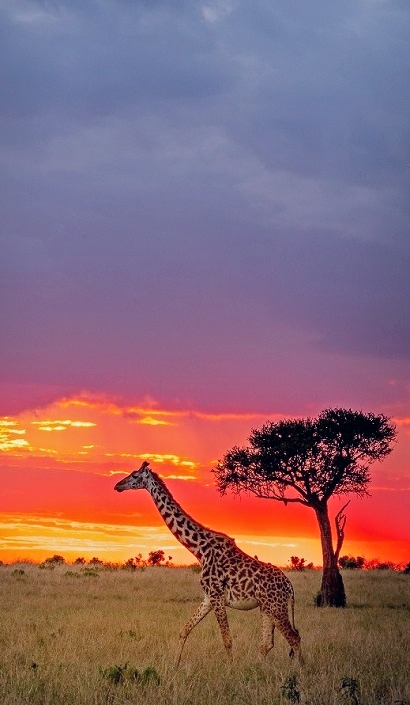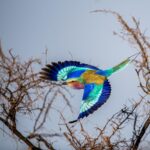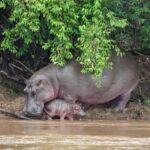
What do you know about Masai Mara Safaris in Kenya
Location and Size Masai Mara National Reserve is located in the southwestern part of Kenya, approximately 180 kilometers from Nairobi. It covers an area of about 1,510 square kilometers (580 square miles) and is contiguous with the Serengeti National Park in Tanzania to the south. The reserve is part of the Greater Mara ecosystem, which includes several conservancies and group ranches.
History Established in 1961 as a wildlife sanctuary covering only 520 square kilometers, the Masai Mara has undergone several expansions and management changes over the years. Initially converted to a game reserve in 1961, it was designated as a national reserve in 1974. The current boundaries were set after various adjustments, including returning portions of land to local communities.
Wildlife and Biodiversity Masai Mara is renowned for its rich biodiversity and is home to an impressive array of wildlife. It hosts all members of the “Big Five” (lion, leopard, elephant, buffalo, and rhinoceros) along with many other species such as giraffes, zebras, cheetahs, hippos, and wildebeests. The reserve is particularly famous for the Great Migration that occurs annually between July and October when millions of wildebeests and other herbivores migrate from Serengeti to Masai Mara in search of fresh grazing grounds.
Climate and Geography The climate in Masai Mara is semi-arid with two distinct rainy seasons: long rains from April to May and short rains from November to December. The terrain consists mainly of open grasslands interspersed with seasonal riverlets and acacia trees. The elevation ranges from 1500 meters to 2180 meters above sea level.
Activities for Visitors Visitors to Masai Mara can engage in various activities such as game drives, hot air balloon safaris at dawn followed by a bush breakfast, guided nature walks led by experienced rangers or Maasai warriors, cultural visits to traditional Maasai villages, bird watching (with over 500 species recorded), and photography opportunities amidst stunning landscapes.
Conservation Efforts The reserve faces challenges such as human-wildlife conflict due to increasing local populations encroaching on wildlife habitats. Conservation organizations like the Mara Conservancy work towards sustainable management practices that benefit both wildlife conservation efforts and local communities.
Conclusion Masai Mara National Reserve stands out as one of Africa’s premier safari destinations due to its breathtaking landscapes, diverse wildlife populations, cultural richness of the Maasai people, and significant conservation initiatives aimed at preserving this unique ecosystem for future generations.




Leave a comment:
You must be logged in to post a comment.